(Editor’s note: In striving to mix things up a bit here on Rain City Guide, I’m excited to introduce Mark Reibman as the newest contributor. Mark is a Seattle-based real estate photographer who has agreed to post advice directed at improving the state of real estate photography. His first post is geared toward real estate agents, but the advice he gives could be useful for anyone interested in taking better photographs (and who isn’t?). To see more of Mark’s photos, check out his website at Blue Light Imaging or email mark@bluelightimaging.com
How important to you are great photographic images for marketing your listings? Are ‘okay’, somewhat blurred or dark images acceptable to you? Would you like to take better images of your real estate listing? Over the past few years we have seen the dramatic changes the digital age has brought to the Real Estate industry. With this recent technology, a real estate listing can be photographed, images transferred to a web page on the internet, and flyers printed all within hours. Today’s listings are almost immediately available to other real estate agents and buyers anywhere in the world who have access to a computer. With the increasing use of high speed internet connections, the internet is fast becoming a critical marketing media. The value of great looking images as a marketing tool should not be underestimated. Whether it’s a low end ‘fixer’ or a multi-million dollar luxury home, great images are important and are going to help sell your listings.
[photopress:IMG_0994.jpg,full,alignright]
The intended purpose of this article and future articles is to provide advice and general interior/exterior photography tips for the realtor who would like to take better pictures and improve their marketing presentation. The topics to be covered will include: Camera choice, required and optional accessories, photographic techniques and tips for taking good images and post processing of images with image editing software.
[photopress:IMG_2358.jpg,full,alignright]
A good quality digital point and shoot camera with a hot shoe attachment will do the job, but most important, it must be wide angle or accept a wide angle teleconvertor. A camera with a 24mm lens is minimum for photographing interiors. There are a few cameras like the Nikon Coolpix 8400 that have lenses that are sufficiently wide angle (24mm). But most point and shoot cameras are too narrow for real estate interiors so the alternative is to choose a camera that can offer the wide angle option with the purchase of a separate wide angle tele-convertor. Converters adapt to the camera lens to extend it’s wide angle range to at least 24mm or less. In addition to having the capacity to accept a wide angle convertor, a hot shoe attachment is a must in your camera choice. This feature will allow you to use an external flash attachment because the camera’s on board flash is going to be too weak to be a any value when the use of a flash is desired.
And although shooting with available light is an option, in many cases an external flash will be very helpful to deal with the tricky lighting situations you will encounter. The cameras that I prefer are principally the Canon powershots (G series, Pro 1) or the Nikon Coolpix line. You can inquire at a camera store about these cameras or shop for them online. Another option would be to go the ebay route and pick up a used camera. As an example, an ancient (two year old) model Canon Powershot G3 with a wide angle teleconvertor is going to be much more reasonably priced than the current Powershots. Going the eBay route can produce some great deals but requires a certain knowledge and time to play the game. A new Powershot G6 or Pro 1 would be a great choice as well. I’m not as familiar with the Nikon line of cameras but there are some excellent cameras among the higher end NIkon Coolpix cameras. These are my suggestions for cameras but a knowledgeable salesperson at a camera store such as Glazer’s Camera, Kenmore Camera or any one of the Ritz camera stores, can offer you a lot more advice and guidance than I can in this article. Also ask about the availability and price of the tele-convertor and an external flash when shopping for a good camera. There are certainly other excellent choices from other camera makers, Sony, Kodak, Konica, and either you can research these yourself via the internet or at your local camera store. I should add that although I’m suggesting digital cameras, film cameras with the wide angle capability and external flash attachments will work just fine if the film is scanned to a CD when it is developed. It’s simply not as convenient as a digital camera and also lacks the option of on-site review which is a huge advantage of the digital cameras.
[photopress:whiteinterior_1_2.jpg,full,alignright]
A decent tripod is next on the list of necessary tools. Because the camera shutters speeds are much slower when shooting interior photography, your images will be blurred without the use of a tripod. It should be reasonably sturdy and come up to your eye level. If your camera does not include a remote, buy one. This would be an item to inquire about before a camera purchase. Does it accept a remote? I use one that attaches via a wire and there are also wireless remotes. You can do without a remote and use the time delay on the the shutter but a remote is so much more convenient.
And as mentioned above, an external flash is going to be necessary in many situations where there is simply not enough light and/or high contrast lighting, so finding the proper external flash for your camera should be part of your research.
A step above the moderately priced point and shoot cameras are the digital SLRs. These are cameras that allow for interchangeable lenses. This can get expensive and probably beyond the needs of most real estate agents. A basic dSLR like the Canon xt or Nikon D70 with a good quality wide angle lens and external flash and tripod will entail an outlay of close to $2000. Definitely not something everyone will run out to purchase, but it is an option for those who are so inclined. And, of course, you can spend a lot more.
In future articles I will give some advice on working with the variations in lighting, image editing software tips, composition ideas and more.
I would be happy to answer any questions related to Real Estate Photography. Keep in mind that the preceding suggestions are some general guidelines for real estate photography and there is no single best way for shooting interior images. I continue to learn and refine my own process. Practice and experiment on your own home and/or at a friends home and see what works best for you.
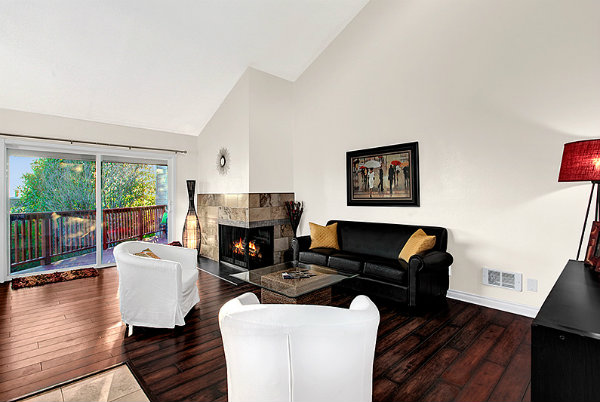 full set of before photos and the full set of after photos click on those links from the photographers site at HD Estates.
full set of before photos and the full set of after photos click on those links from the photographers site at HD Estates.
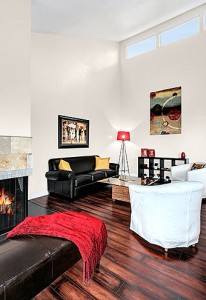
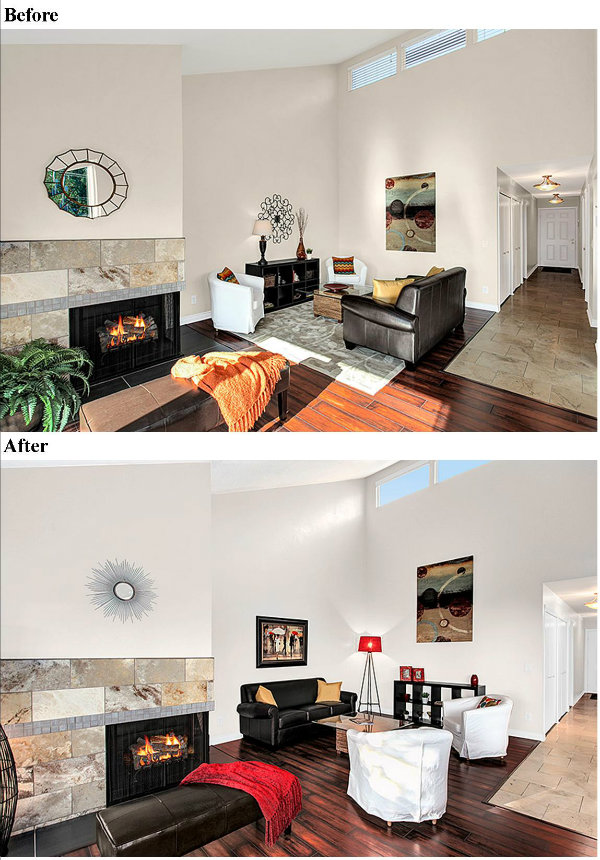
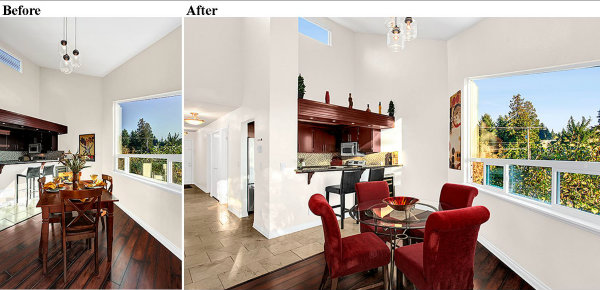
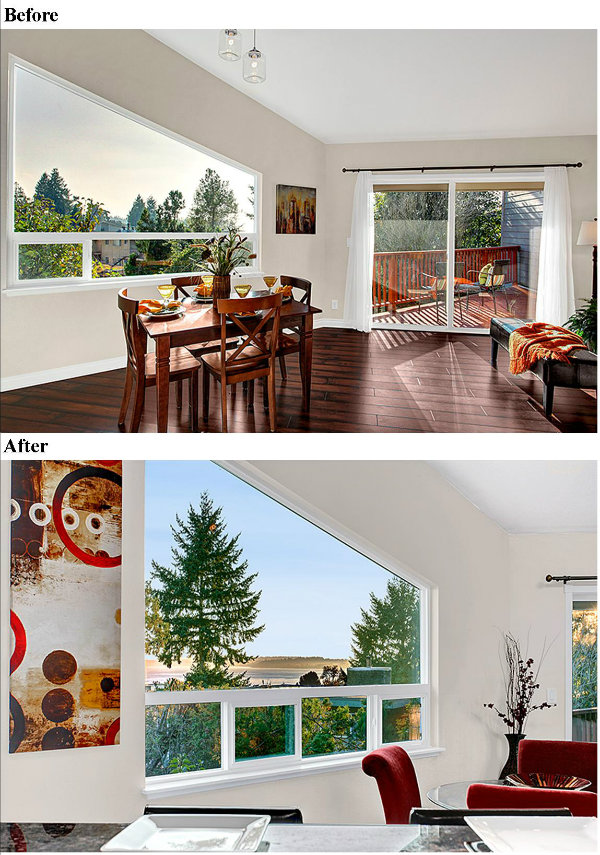
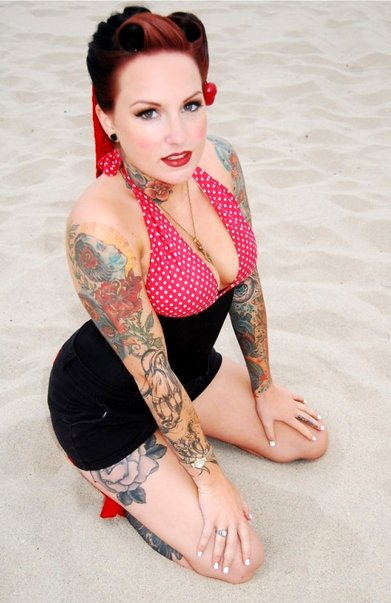
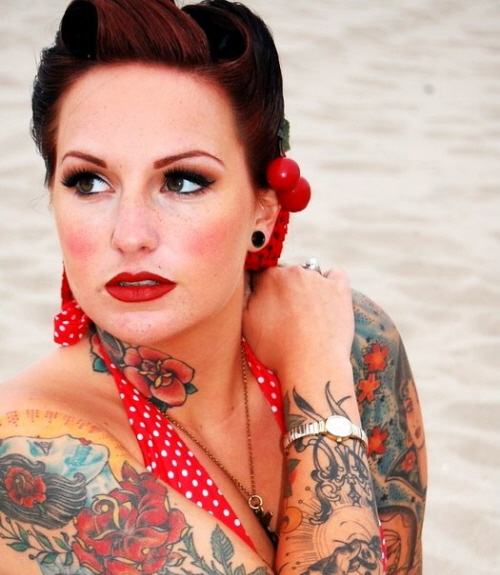
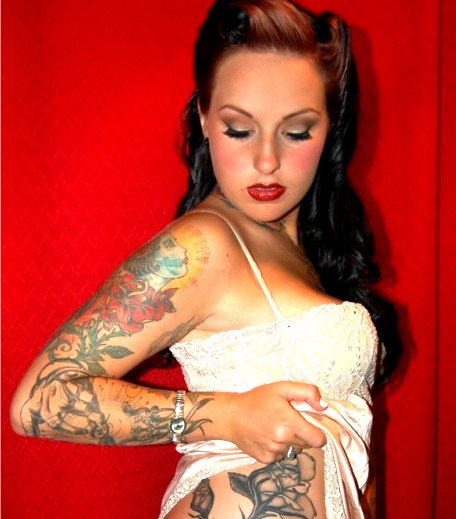

 When I first saw the pictures below taken by
When I first saw the pictures below taken by 

